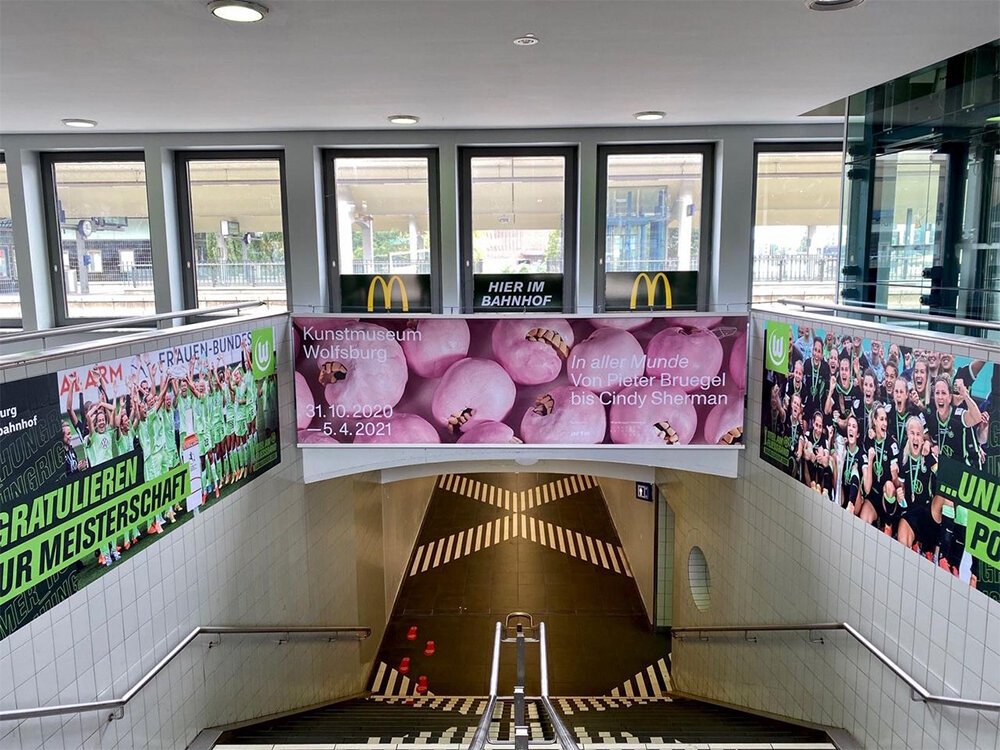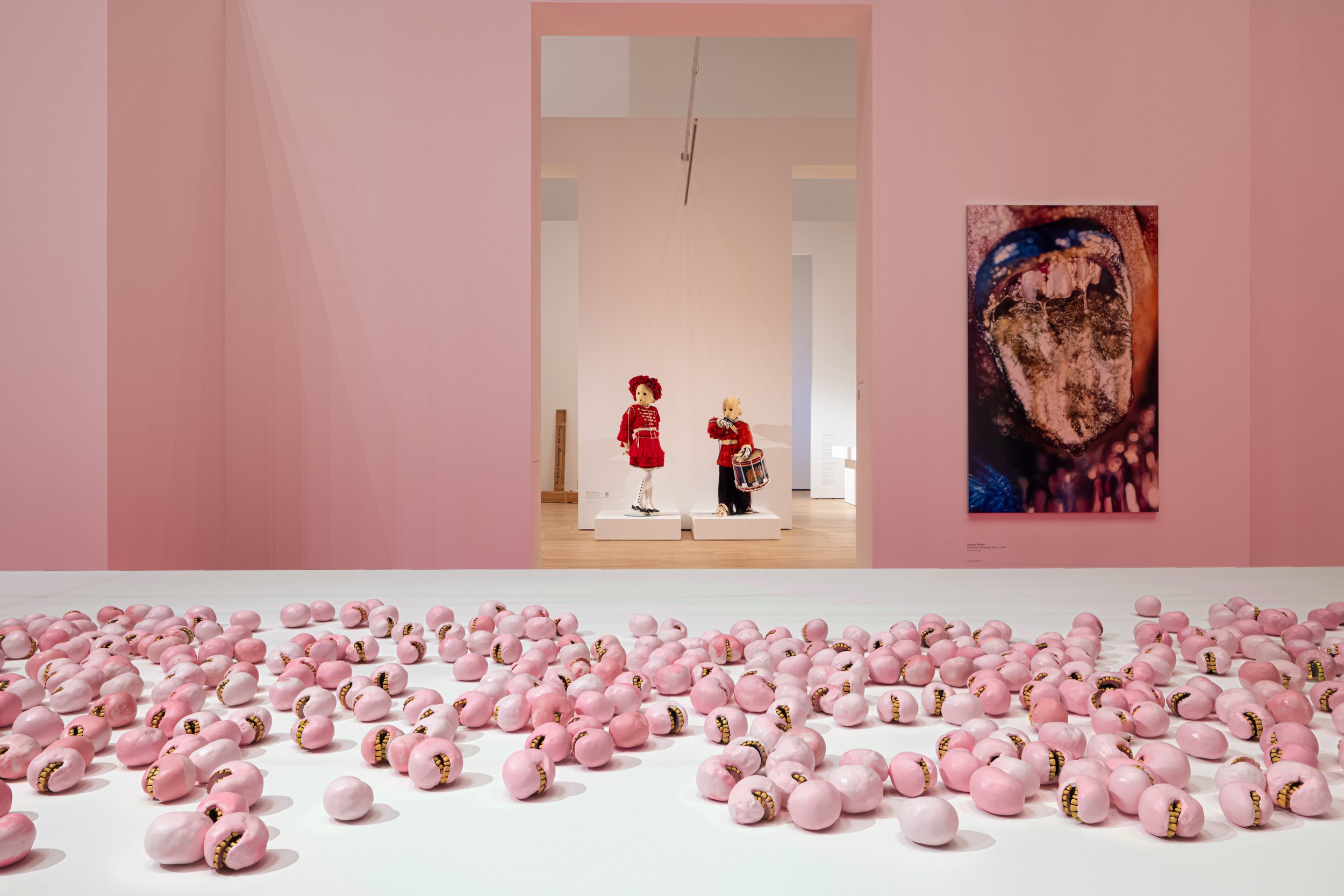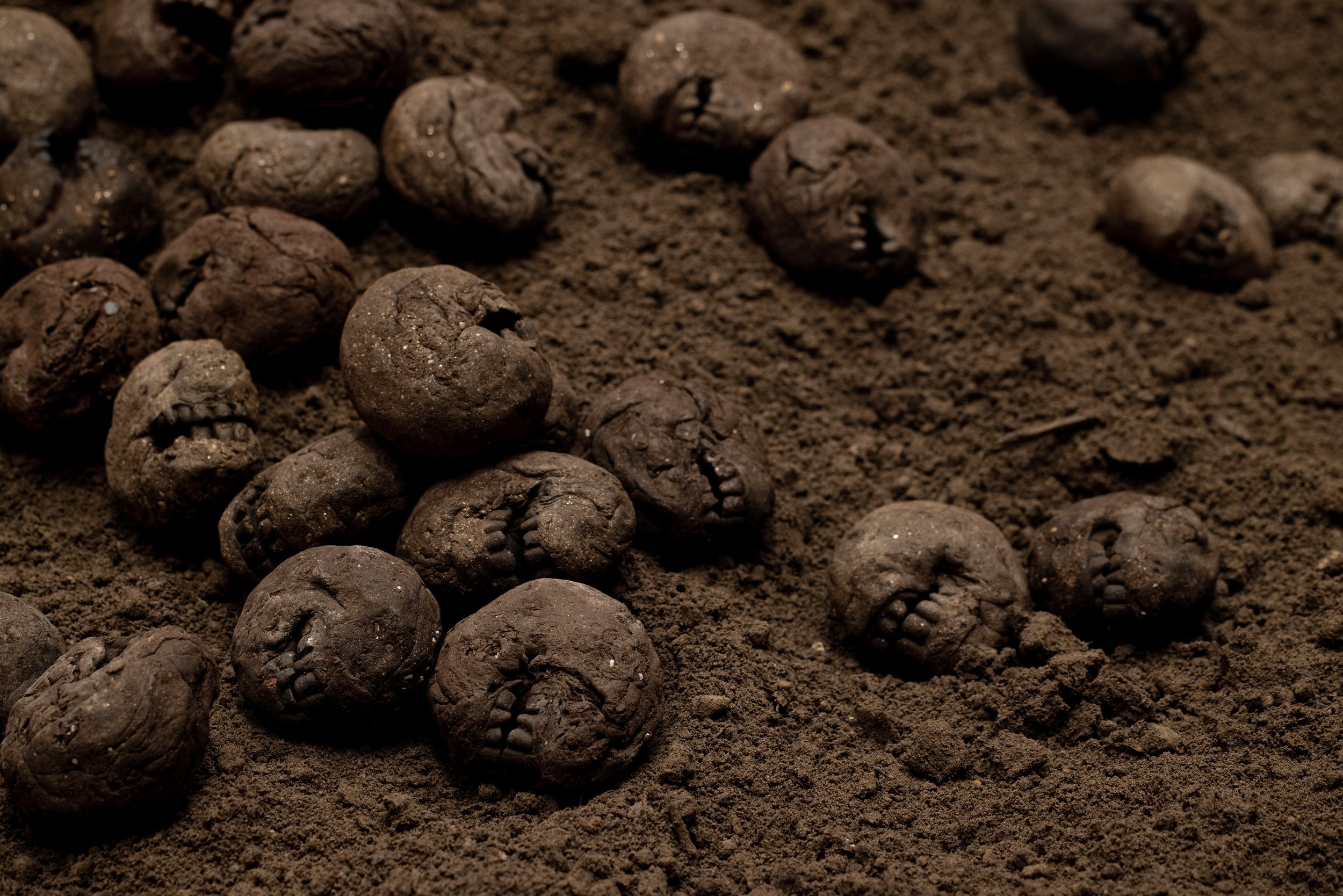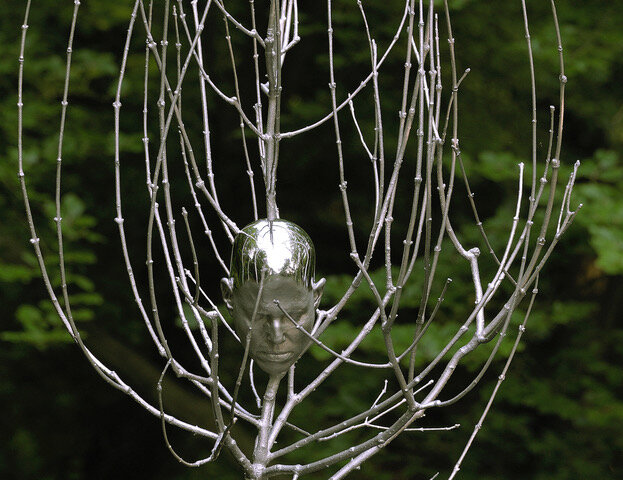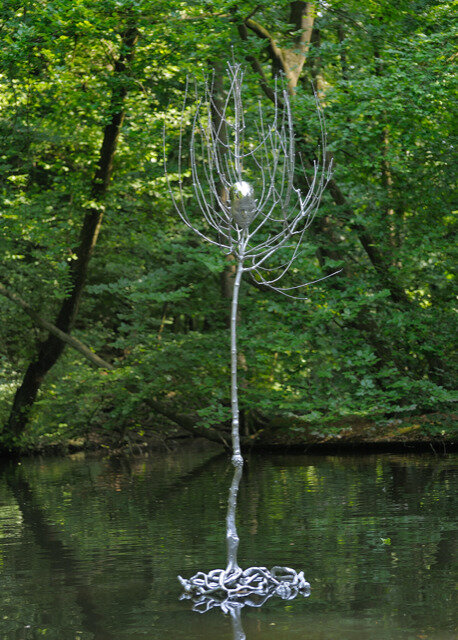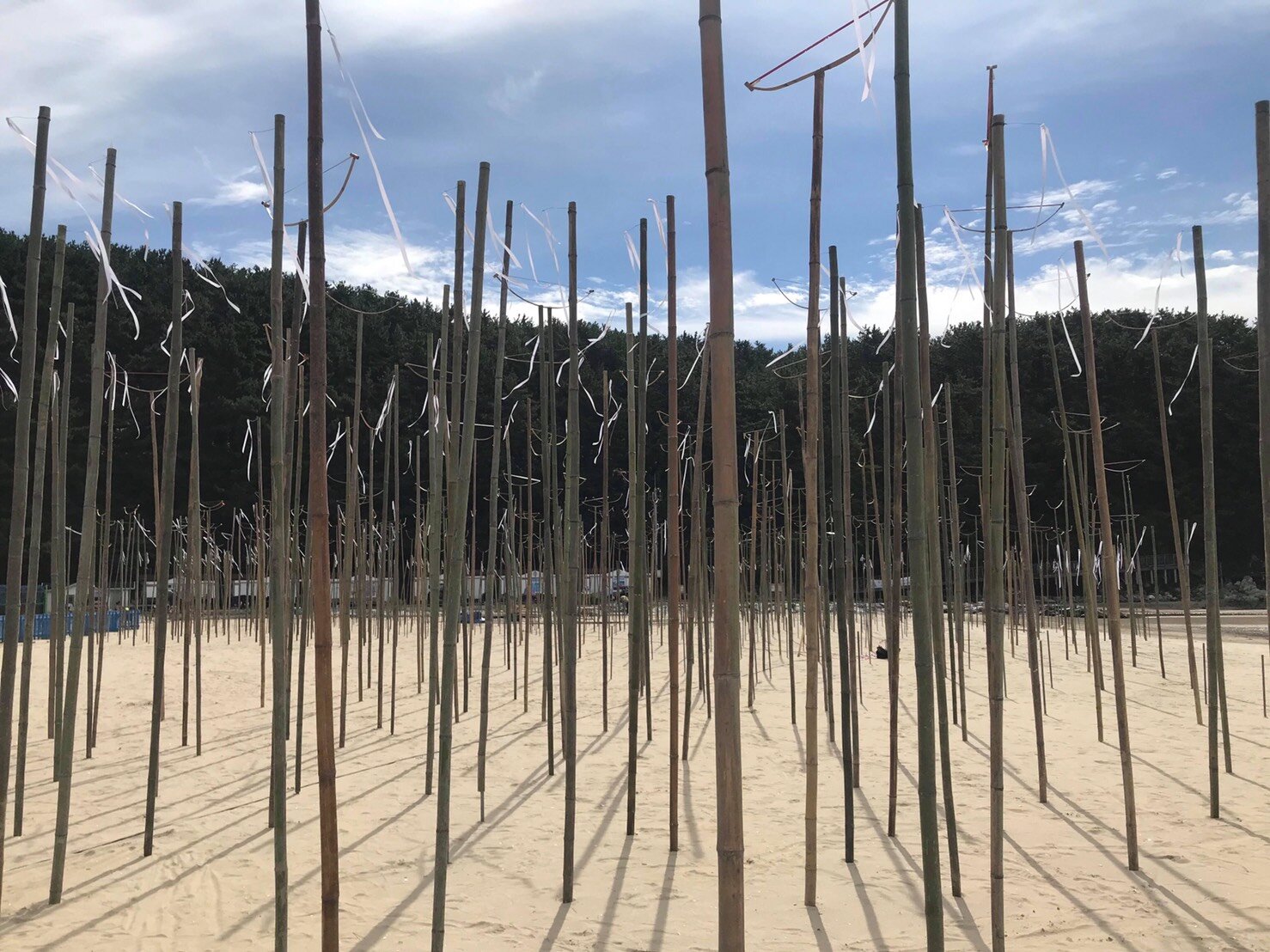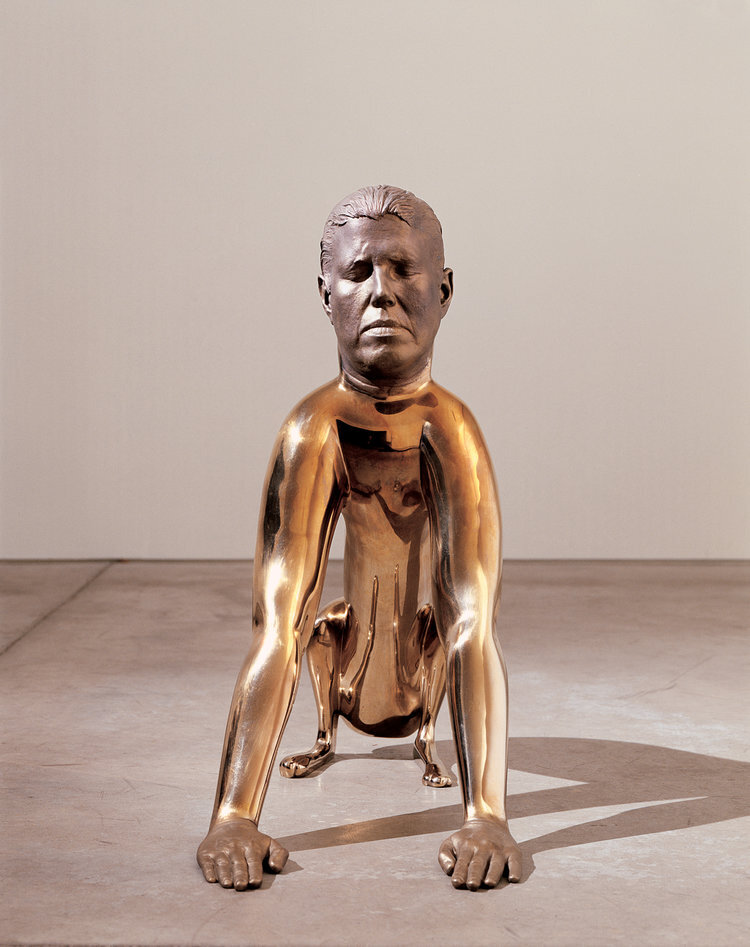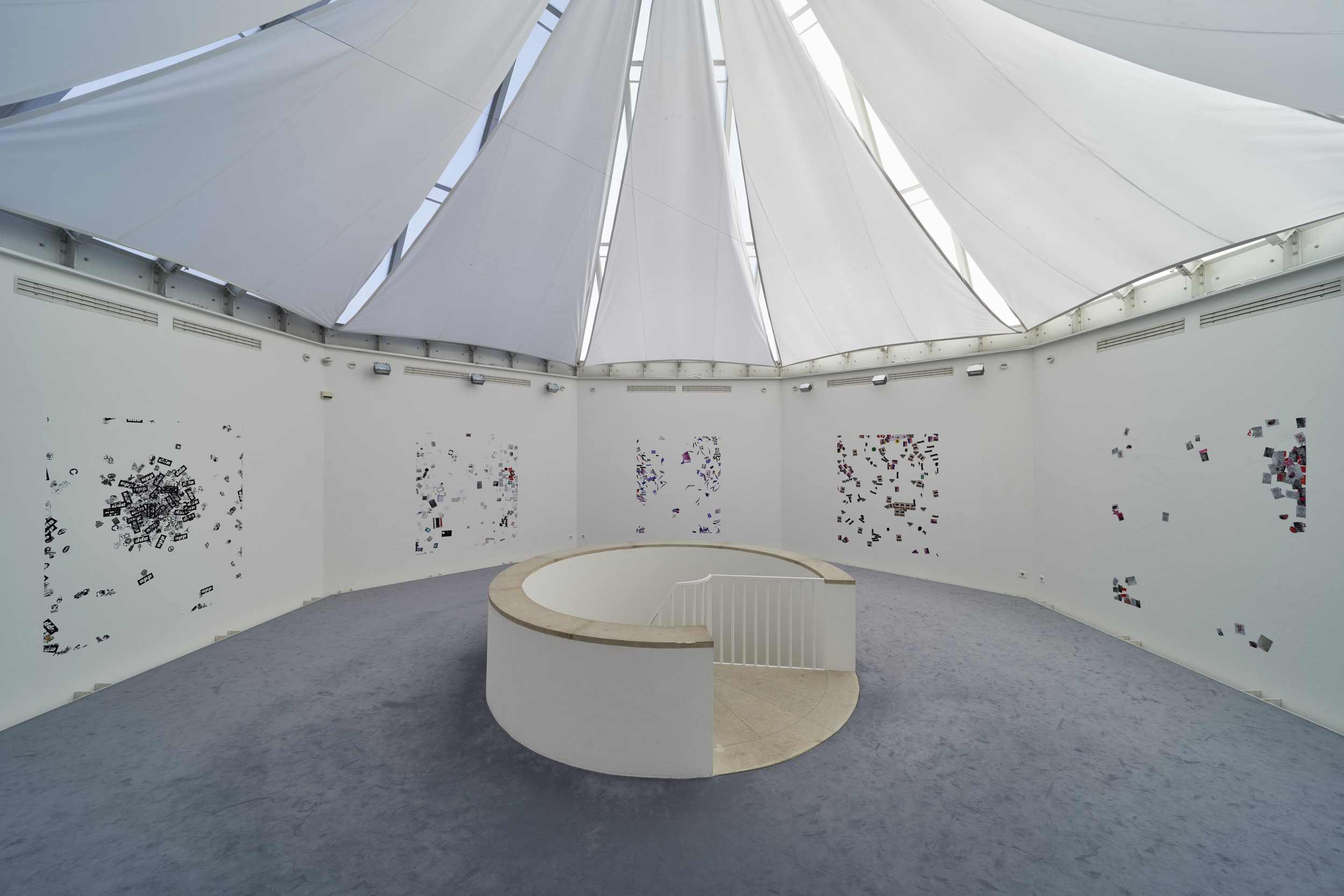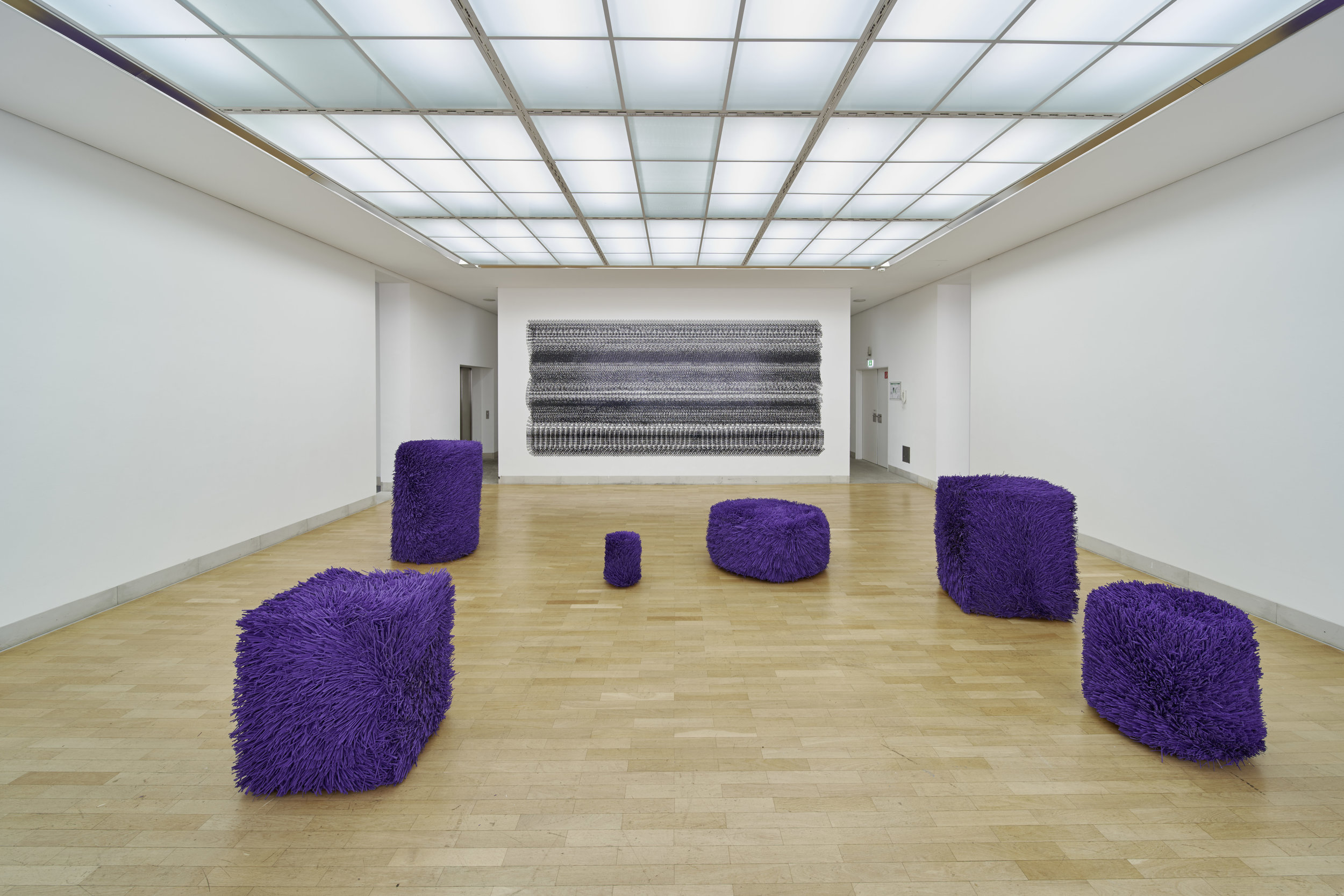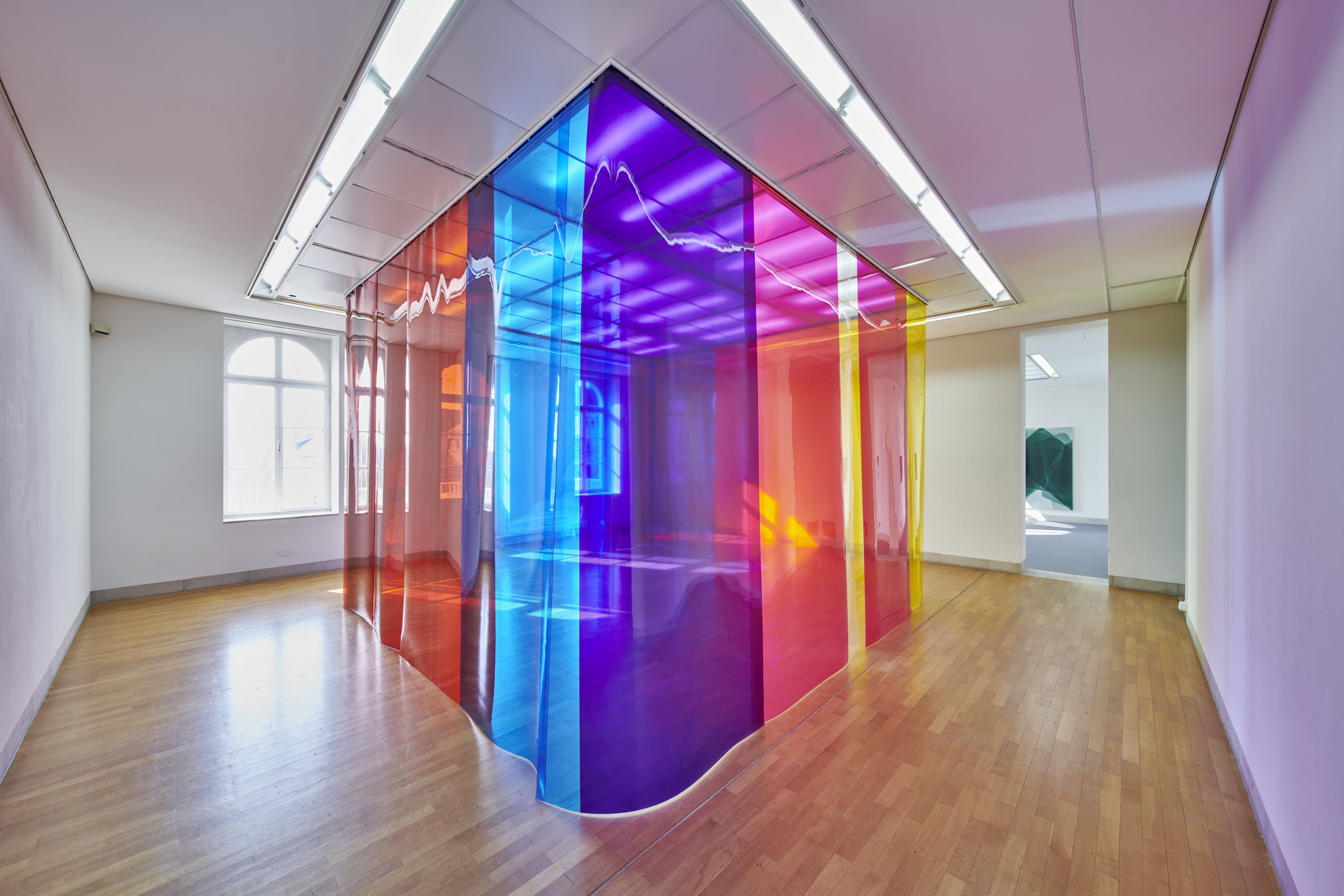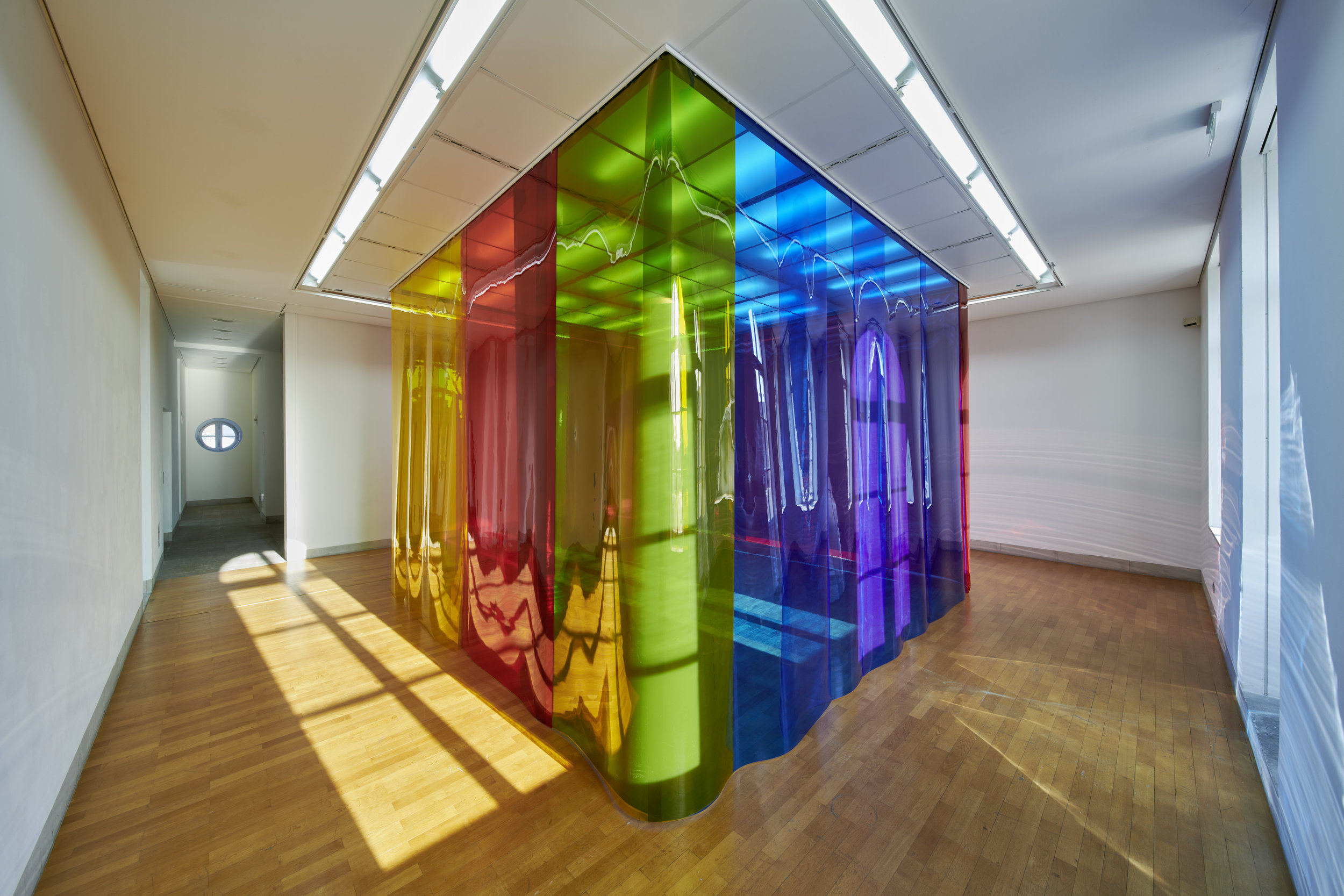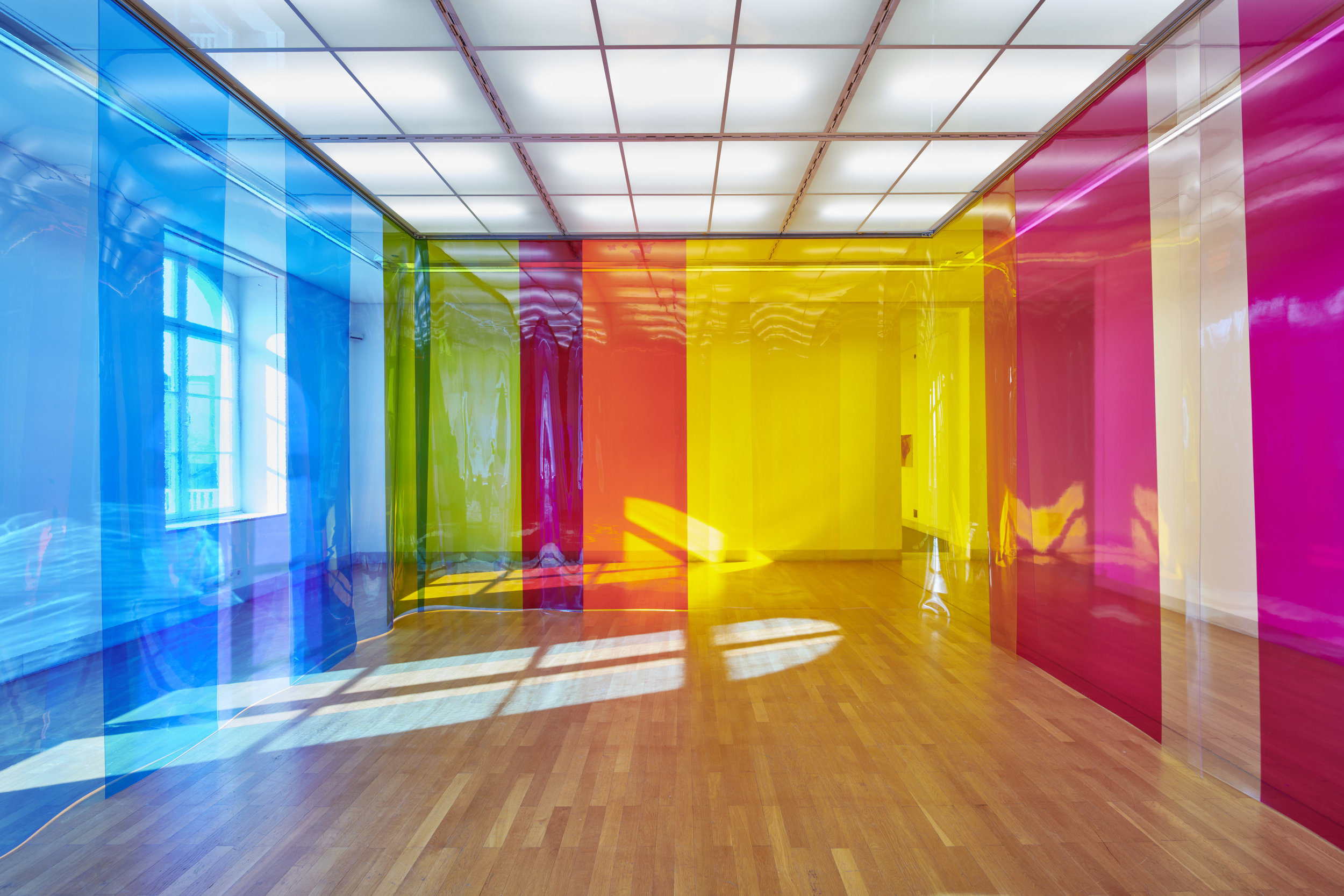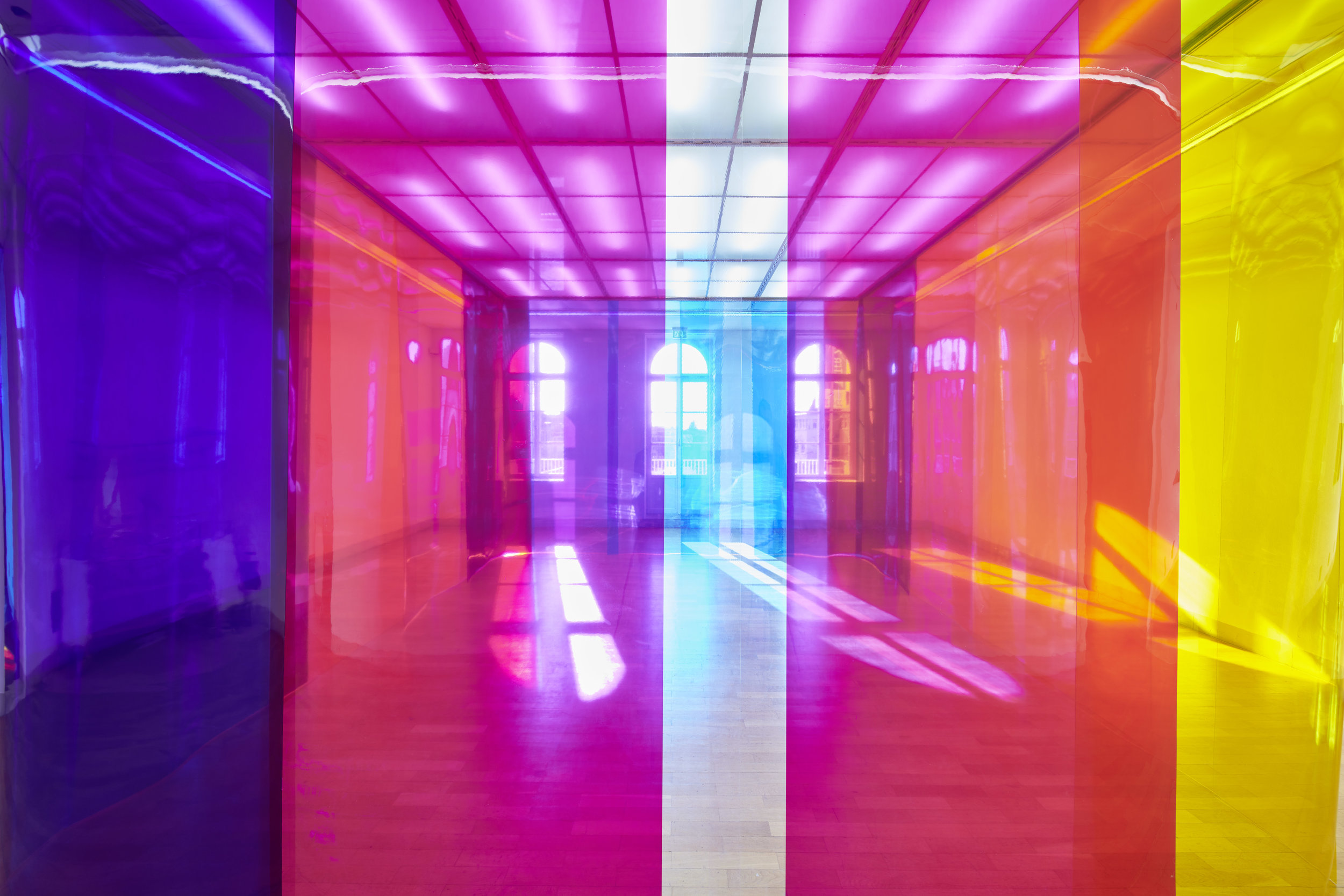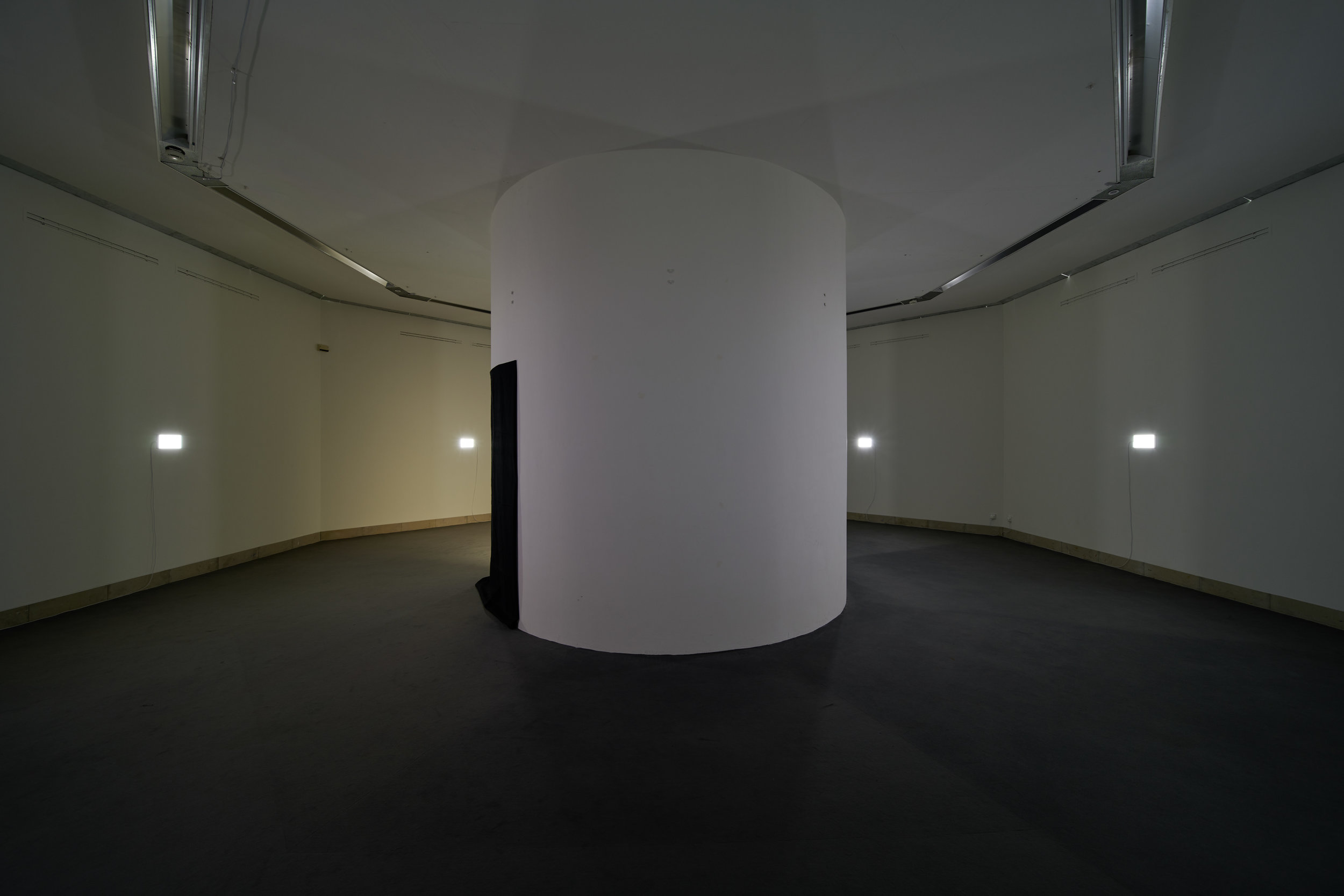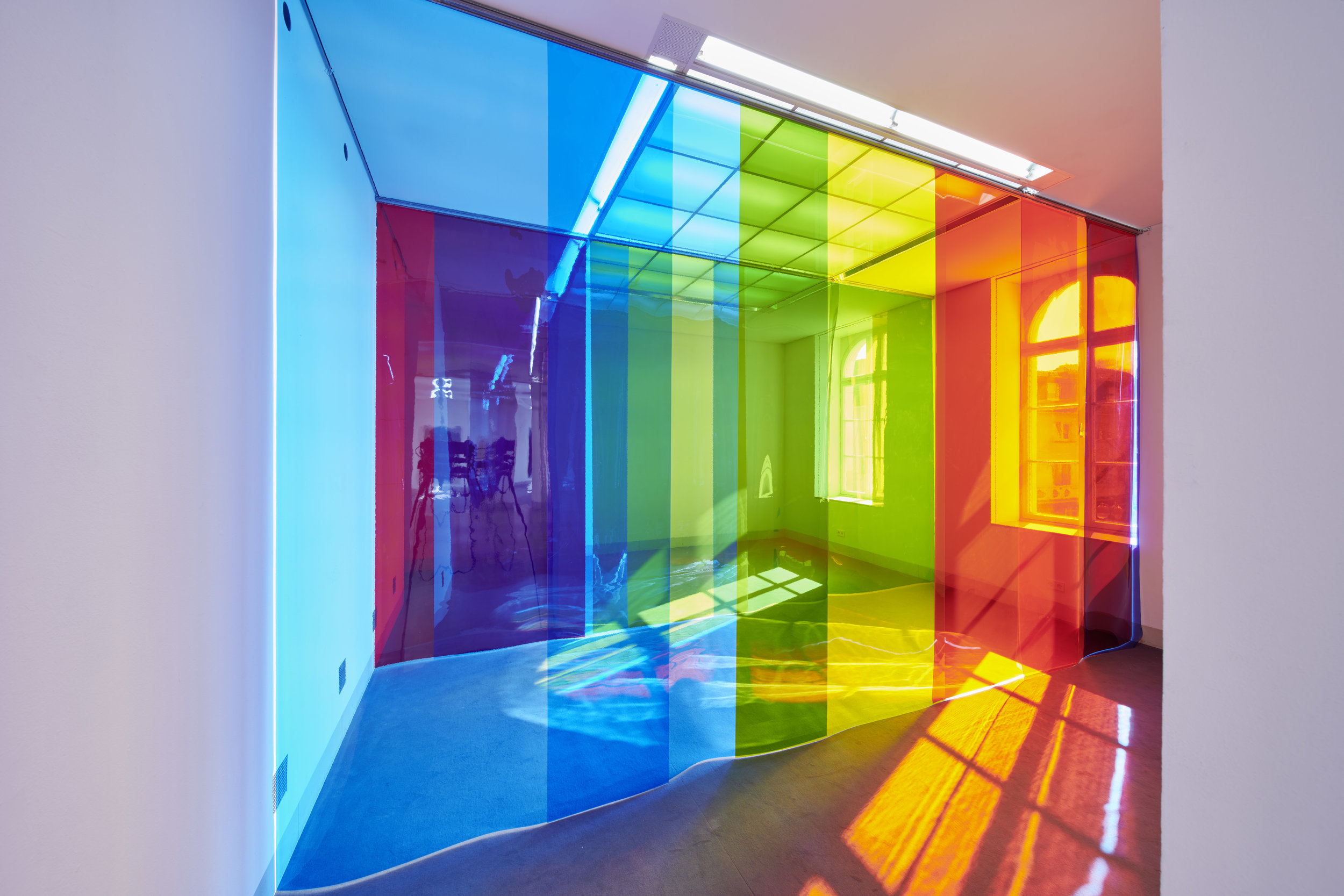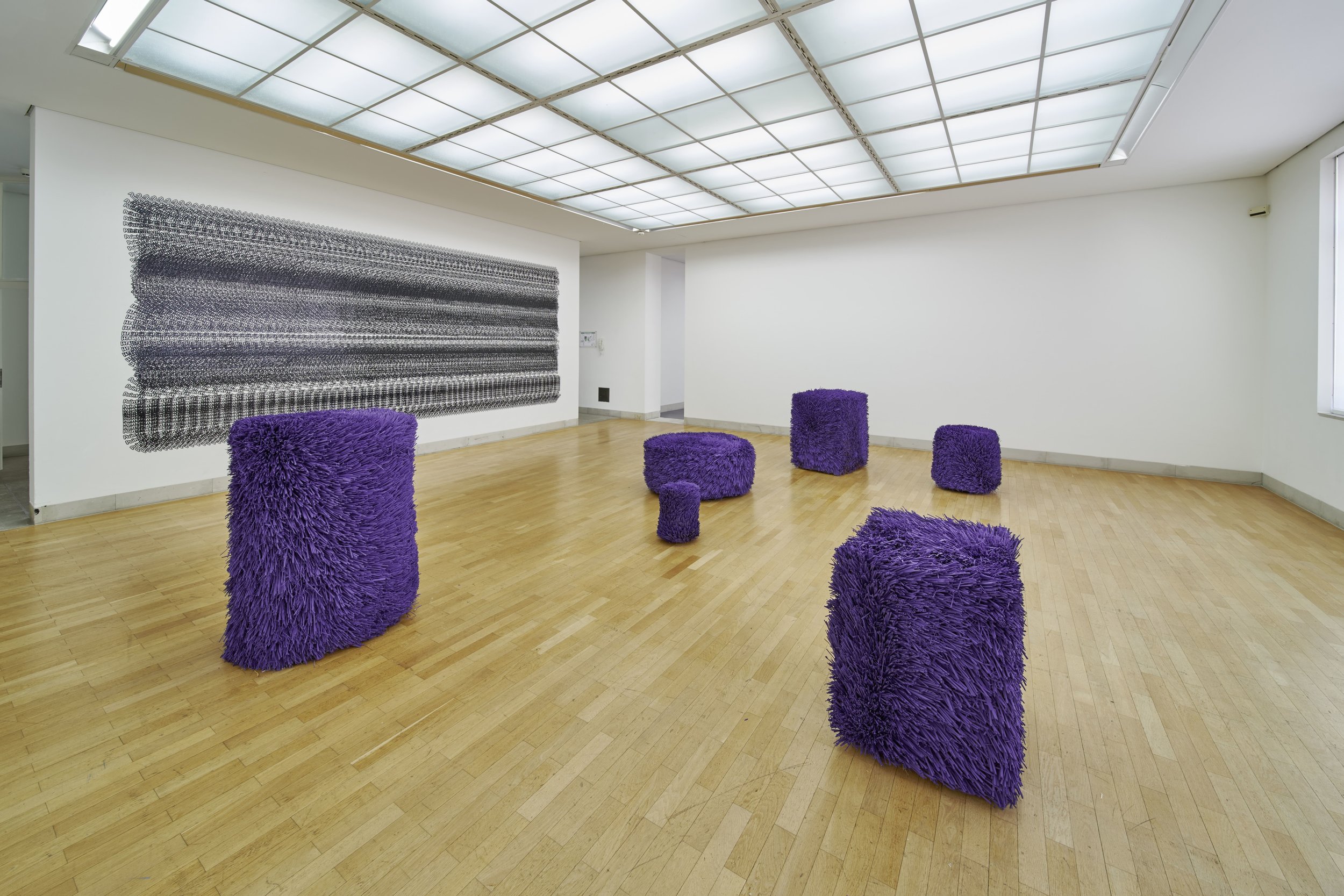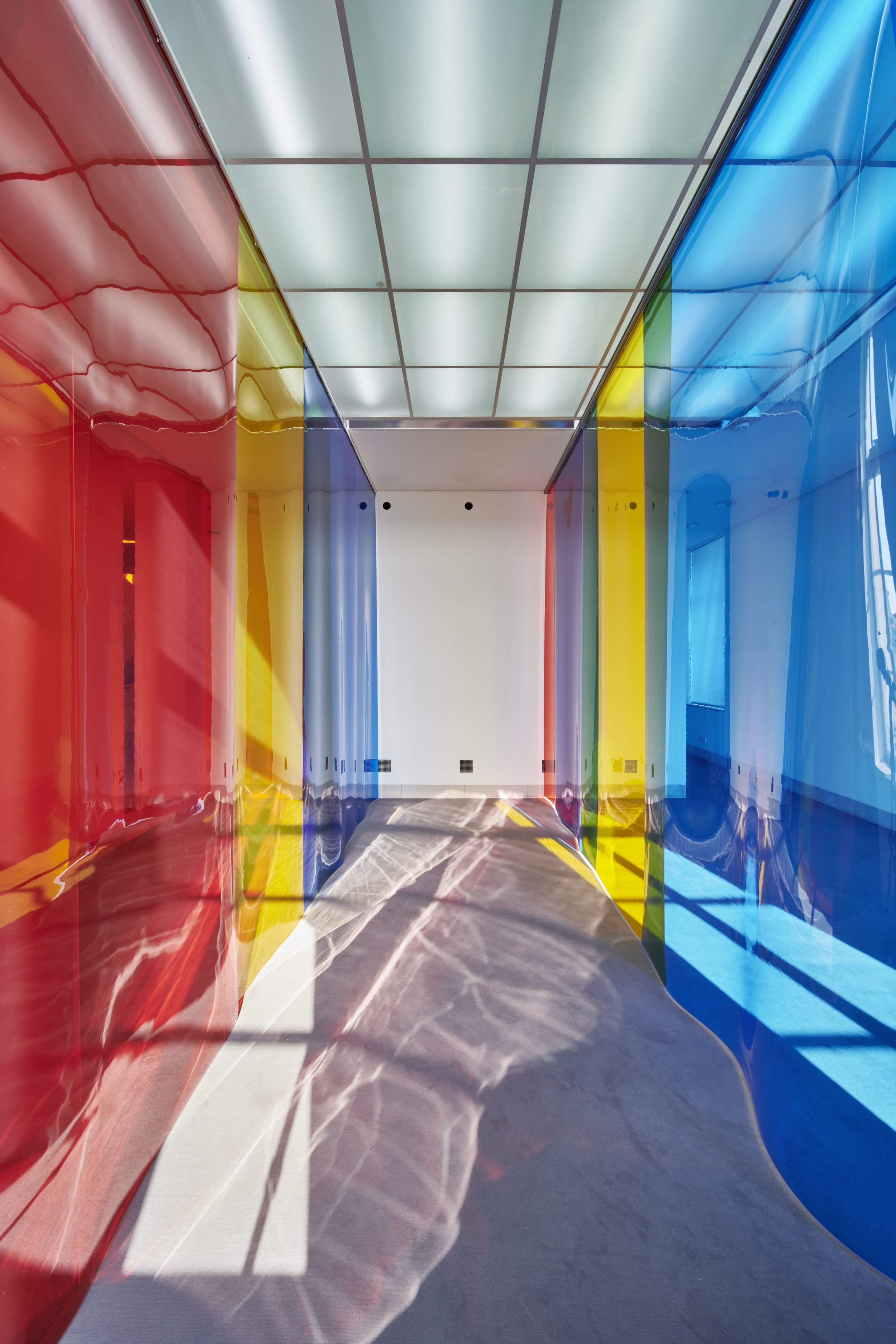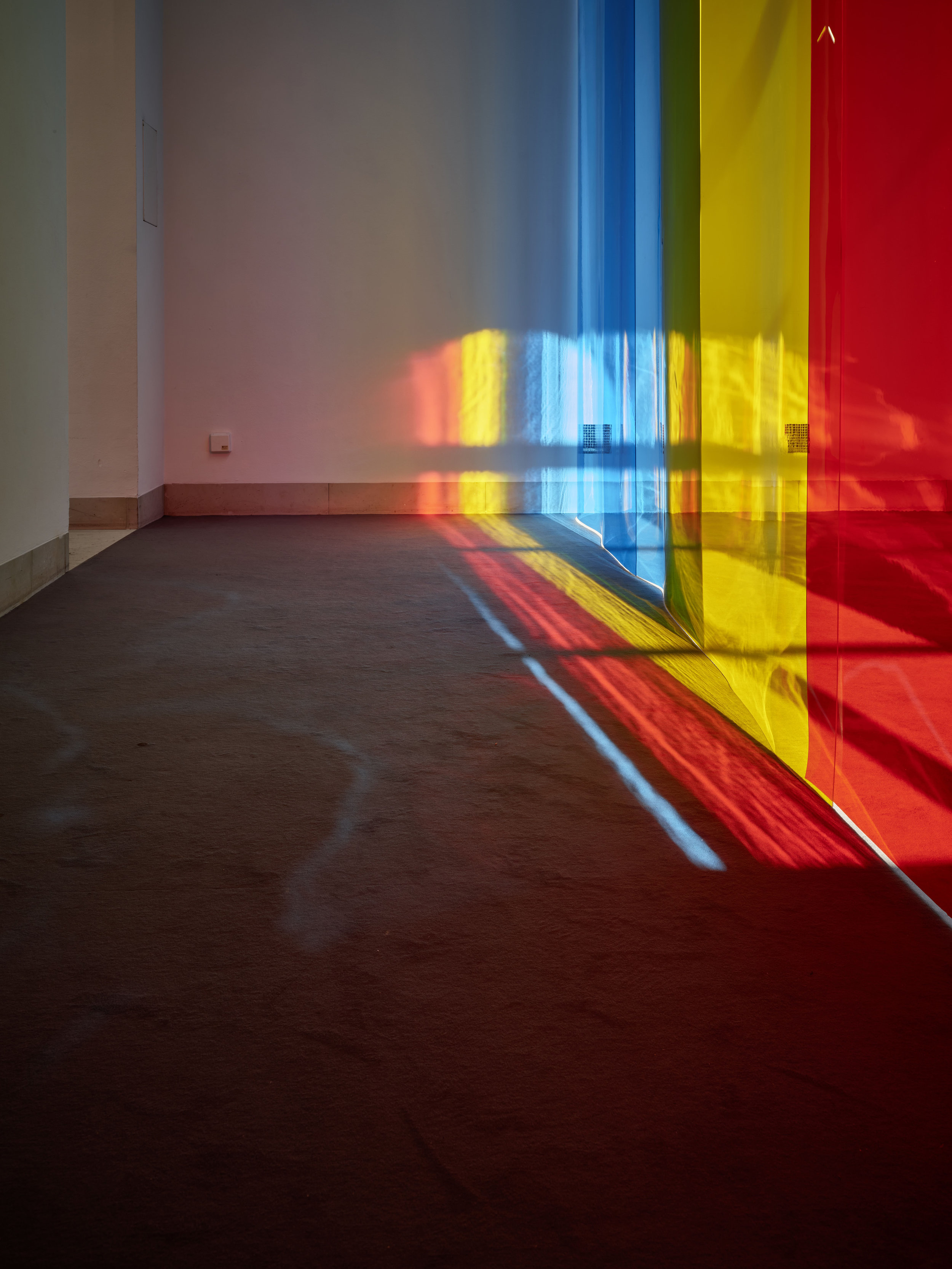Artwork
Nunu Fine Art’s represented artist Rona Pondick has just won the American Academy of Arts and Letters’s Art Purchase Program. We can uncover the charm and the turning point of her artistic practice in the latest catalogue Rona Pondick: 2013-2018.
As a self-innovated searcher, Rona Pondick has the straightforwardness of following her instinct, the love for distinct media, and the ability of technical problem solving. All of these features mentioned above lead Pondick keep on pursueing the journey of wisdom. Also, the proclivity for experimentation makes her art connotes the varied quality and viewing angle.
The latest catalogue brings the viewers Pondick’s brand new creation in the past five years. Our old friends who is familiar with Pondick may be asking this “Why do the works in these past five years are way deviates from the cast stainless steel sculptures she had been making for a decade and a half?” Although we can still see some familiar elements——human heads and hands melded with bodies of other species——yet the new works are made from resin , acrylic , and an epoxy modeling compound. They overtly present the traces of Pondick ' s hand clearly.
The Fall Destiny Variation: Take "My" body as the New Theme of Creating
In 2006, Pondick was diagnoses with cervical spondylotic myelopathy - compression of the spine. This made Pondick, a person who “thinks with her hands” devastated. A year later, through hard work and strength of will , her health has continued to improve. Still, the illness and surgeries changed Pondick' s life and work in significant ways. Today, as she moves around the studio, every move is choreographed to ensure she doesn't hurt herself. Learning how to use her hands again also redefined her relationship with herself and her art creation. At this point, her body is no longer an abstract idea. She says, "The body has been a subject in my work since the 80s, but now it ' s my body. "
The Leaping Main theme: Innovation of Media and Color in the New Works
Early in her recovery, Pondick realized that she needed to find a way to make sculpture without the commutes to the foundry and long and taxing days there that casting steel requires. In 2013, she stopped casting in metal and began to discover the techniques——epoxy——can be shaped like clay and dries like stone . Once it has dried, she can add to or carve it until it reaches her ideal state; Acrylic is for bases and enclosures. She has also figured out how to join these materials seamlessly. A conservator researches the properties of her materials and advises her on their use.
Color also enhances the informality and approachability of Pondick' s new work. Her palette begins with the primary hues for photographic printing - magenta, cyan, and yellow - to which she adds green, blue, black, and white. Using these " impure " colors, as opposed to the more familiar primaries (red, yellow, blue), immediately shifts expectations. Pondick explores the transformation of color tone in resin and acrylic passionately; it further forms the feature and the display of the color itself.
The Newborn of Rhythm: The Space and Tension in Pondick’s New Works
She wants her art to create its own sense of place. It means that a work creates its own particular world, apart from the room in which it is shown, a fantastic world that viewers can intoxicate in it. Take Sitting Yellow as example, it is planted on a beautifully proportioned base, which is integral to the piece and becomes its territory. As you walk around the strange and oddly sculpture, it looks like a suffered person, but when seen from the back, it becomes a poor- looking toddler. That recognition evokes a sympathy that overcomes the shock of the creature ' s mutant form.
The emotional qualities elicited by the new objects are darker in tone than in Pondick ' s earlier work, no doubt due to the physical difficulties she has faced in recent years. In Upside Down Yellow Green (2018), a human head with a golden sheen about the face and an ominous plug in place of its neck, hangs upside down from an aqua rectangle in what appears to be liquid. It could be a specimen in formaldehyde, but it seems likely that death came through more nefarious means. Pondick creates sense like moody crime atmosphere in drama work.
In Orange Pink Green Grey (2015- 18), a life - size pink head sits directly in front of an orange head on a watery aqua base; behind the orange head is its tiny froglike body. These mutant heterogeneous outcome that are too close to human, are like the world of nightmares we are living in. All of us are trapped in our bodies, limited by physical constraints that could become disabling at any moment. This is a hard fact that most of us are fortunate enough not to have to face. However, Pondick has confronted it directly and art is her response to never compromise.


